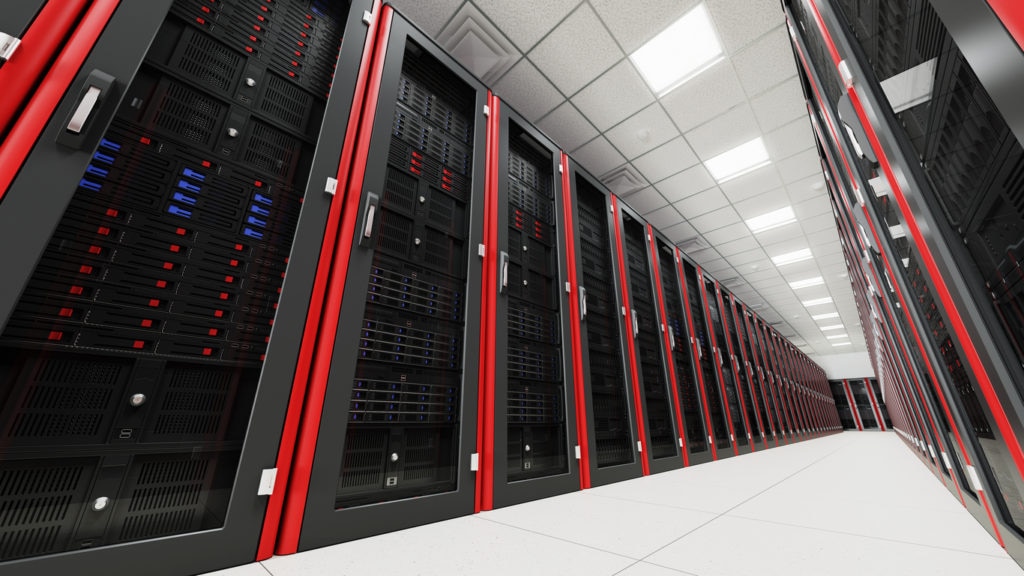As the public cloud continues to grow in popularity, it’s started to penetrate our private data centers and realize
hybrid IT. More companies are adopting a hybrid IT model, and I keep hearing that we need to forget everything we know about infrastructure and start over when it comes to the public cloud. It's very difficult for me to imagine how to do this. I've spent the last fifteen years understanding infrastructure, troubleshooting infrastructure, and managing infrastructure. I've spent a lot of time perfecting my craft. I don't want to just throw it away. Instead, I’d like to think experienced systems administrators can bring their knowledge and build on their experience to bring value to a hybrid IT model. I want to explore a few areas where on-premises system administrators can use what they know today, build on that knowledge, and apply it to hybrid IT.
Monitoring
Monitoring is a critical component of a solid, functional data center. It's a function to inform us when critical services are down. It helps create baselines, so we know what to measure against and how to improve applications and services. Monitoring is so important that there are entire facilities, called Network Operations Centers (NOC), dedicated to this single function. Operations staff who know how to properly configure monitoring systems and hone in on not just critical services, but also the entire environment the application requires, provide value.
As we begin to shift workloads to the public cloud, we need to continue monitoring the entire stack on which our application lives. We'll need to start expanding our toolset to monitor these workloads in the cloud; trade in the ability to monitor an application service for being able to monitor an API. All public cloud providers built their services on top of APIs. Start becoming familiar with how to interact with an API. Change the way you think about
up-and-down monitors. Monitor if the instance in the cloud is sized correctly because you're paying for both the size and the time that instance is running. We know what a good monitoring configuration looks like. Now we need to expand it to include the public cloud.
Networking
One of the biggest things to be aware of when it comes to networking and connecting a private data center with a public cloud provider is knowing there are additional networking fees. The cloud providers want businesses to move as much of their data as possible to the public cloud. As an incentive, they provide free inbound traffic transfers. To move your data out or across different regions, be aware that there are additional fees. Cloud providers have different regions all across the world and, depending on from where your data is out-bounding from, the
public cloud migration costs may change. Additional charges may also be incurred from other services such as deploying an appliance or using a public IP address. These are technical skills upon which to build, and they are changing the way we think about networking when we apply them to hybrid IT.
Compute
As a virtualization administrator, you're very familiar with managing the hypervisor, templates, and images. These images are the base operating environment in which your applications run. We've spent lots of time tweaking and tuning these images to make our applications run as efficiently as possible. Once our images are in production, we have to solve how to scale for load and how to maintain a solid environment without affecting production. This ranges from rolling out patches to upgrading software.
As we move further into a hybrid IT model and begin to use the cloud providers’ tools, image management becomes a little easier. Most of the public cloud providers offer managed autoscaling groups. This is where resources will spin up or down automatically without you having to intervene based off a metric like CPU utilization. Some providers offer multiple upgrade rollout strategies to the autoscaling groups. These range from a simple canary rollout to upgrading the entire group at once. These new tools help scale our application demand automatically and have a simpler software rollout strategy.
Final Thoughts
I don't like the concept of having to throw away years of experience to learn this new model. Yes, the cloud abstracts a lot of underlying hardware and virtualization, but traditional infrastructure skillsets and experiences can still be applied. We will always need to monitor our applications to know how they work and interact with other services in the environment. We need to understand the differences in the cloud. Don't take for granted what we did in the private data center would be a free service in the public cloud. Understand that the public cloud is a business and while some of the services are free, most are not. Besides new network equipment costs or ISP costs, traditional infrastructure didn't account for the cost of moving data around inside the data center. I believe we can use our traditional infrastructure experiences, apply new knowledge to understand some of the differences, and build new skills towards the public cloud to have a successful hybrid IT environment.





